- In 1986 the Vietnamese government articulated its broad commitment to opening up the financial markets in earnest (“Doi Moi”1); it’s clear that a great deal of progress has been made on this front since then, but recently that progress has slowed.
- Despite the government’s stated commitment to open financial markets, the reality on the ground in Vietnam is a web of complex regulatory constraints that continue to hinder the development of its capital markets; in fact, these constraints have likely fueled the unlisted and opaque Over the Counter (OTC) equity market.
- While Vietnam still faces the formidable problem of entrenched bureaucracy, several changes underway are encouraging, especially those related to increasing foreign ownership limits (FOLs) and further privatizations of state-owned enterprises (SOEs).
One of the most important things to understand about financial markets in Vietnam is that the majority of equity transactions are conducted in unlisted securities that are traded on the Over the Counter (OTC) market. The OTC market in Vietnam is unregulated with no disclosure requirements. As such, prices and volumes in the OTC market are not aggregated or reported via any centralized exchange or system. There are no official statistics on the size or liquidity of this OTC market. Various estimates put the number of unlisted securities at somewhere between 3,000 – 5,000, making this market likely several multiples the size of the 800 listed stocks on the official public exchanges in Vietnam, which together total US$58 billion in market capitalization as of June 2015.2
With an opaque, unlisted OTC market that is many times larger than the listed security market, identifying broad market trends and other developments across sectors of the Vietnamese economy is challenging3. Despite no concrete initiatives aimed at bringing these unlisted OTC securities into a more transparent sphere on the immediate horizon, there are a few regulatory changes underway that will hopefully increase the depth and transparency of the listed securities market in Vietnam. In fact, in the midst of drafting this Field Note, we were pleased to see substantial progress announced in raising foreign ownership limits (FOLs).
FOLs in Vietnam were previously capped at 49% of outstanding shares for most companies and 30% for banks and telecommunications companies. These foreign ownership limits have presented numerous complications in trading Vietnamese securities, including the paying of a “limit up premium” in order to accumulate positions that are trading at their FOL. This “limit up premium” has come into existence as a way to entice existing foreign shareholders to sell their positions to other foreign investors, with the seller realizing a swift and handsome profit at the expense of the new buyer. “Limit up premiums” in Vietnam can be up to 10% of the current stock price; the profits associated with such transactions are shared between the seller and the intermediate broker. (To date, Seafarer has not transacted in Vietnamese securities where paying a premium of this sort was necessary.)
A bright spot amid this and the numerous other wrinkles in Vietnamese investing is that a regulatory proposal known as “Decree No. 60” was passed by the National Assembly and signed into law, effective September 1, 2015. The decree will allow companies to increase their FOLs up to a level set by the prime minister, substantially higher than current limits. While the new law will not change the limits overnight and implementation will be key, this development is an encouraging sign that governmental actions are beginning to match its promises.
While the announced increase in the FOLs should afford foreign investors temporary relief in bumping up against FOLs, increasing the overall percentage of the economy that is publicly listed would have a much more significant and lasting impact on the depth and visibility of the markets in Vietnam. Several of the largest publicly listed companies in Vietnam have only a token publicly listed equity float, the most notable example of which is PetroVietnam Gas JSC, which has a US$5.5 billion market capitalization but remains 96.75% owned by the Vietnamese government, so its public equity float is only US$180 million4. Were the government to list even just another 10% of this entity, it would represent an incremental US$270 million in market capitalization accessible to the foreign investor. There are dozens of other SOEs that could and should seek to increase their public float, benefiting both the Vietnamese government coffers as well as the transparency and depth of the financial market overall.
To this end, further privatizations of state owned entities appear to be under way. Vietnam’s Minister of Finance is hosting a series of investor meetings in New York in the first weeks of July to discuss the government’s new policies on SOE restructuring, including measures to boost the publicly listed equity float of SOEs. Increasing the public float of entities like PetroVietnam Gas and bringing public various entities in the telecommunications, shipping, and textile industries would be a positive step in increasing the depth and liquidity of the listed Vietnamese securities. A sign of real progress on this front would be if the proportion of the public listings were at least 25% of the total shares outstanding initially, with the expectation of the percentage of the public equity float growing over time.
Investing in Vietnam requires an understanding of the local regulations, optimism that the regulations will improve, and patience. Due to a well-entrenched bureaucracy and the often archaic regulations, investing in Vietnam presents challenges to foreign investors. Having said that, proposed regulatory changes are encouraging. Even with some of the proposed improvements coming to fruition, the overall pace of change will likely be slow. Foreign investors should wait patiently to see if these changes will be sustainable.
Kate JaquetHanoi
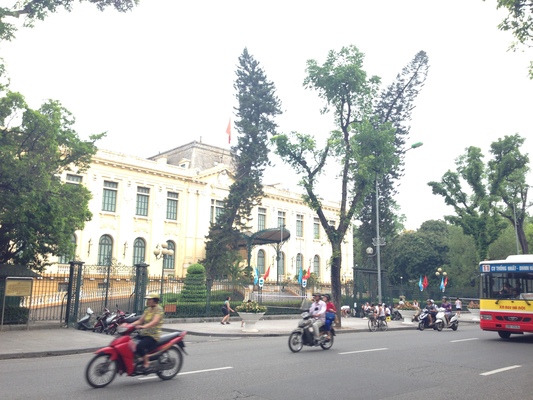
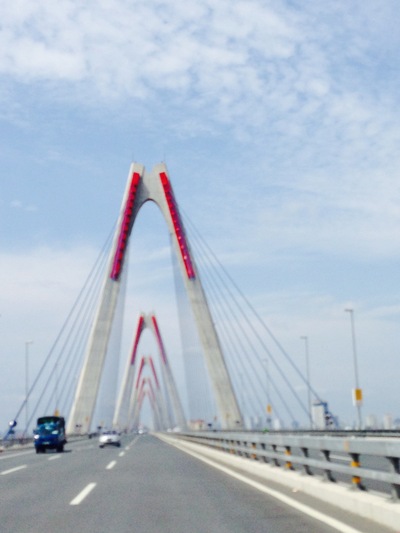
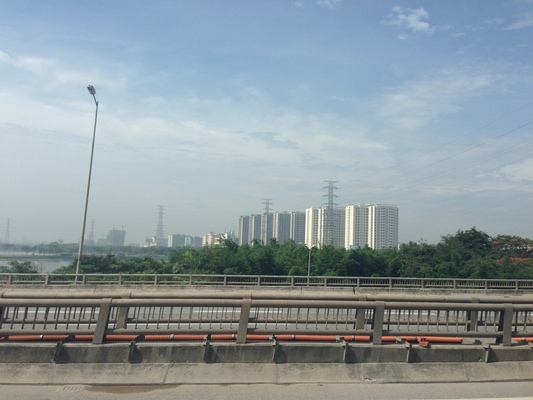
Ho Chi Minh City
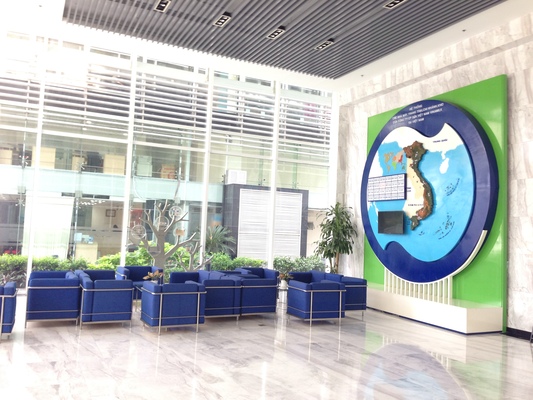
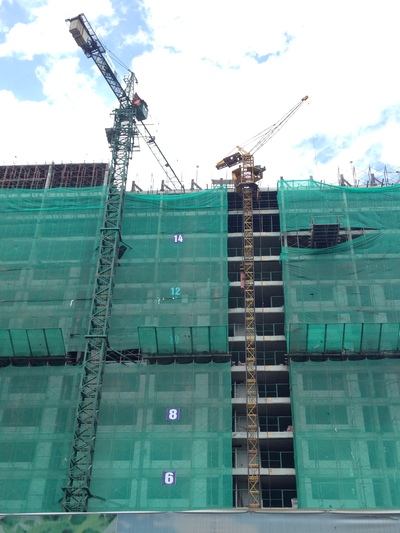

- The views and information discussed in this commentary are as of the date of publication, are subject to change, and may not reflect the writer's current views. The views expressed represent an assessment of market conditions at a specific point in time, are opinions only and should not be relied upon as investment advice regarding a particular investment or markets in general. Such information does not constitute a recommendation to buy or sell specific securities or investment vehicles. It should not be assumed that any investment will be profitable or will equal the performance of the portfolios or any securities or any sectors mentioned herein. The subject matter contained herein has been derived from several sources believed to be reliable and accurate at the time of compilation. Seafarer does not accept any liability for losses either direct or consequential caused by the use of this information.
- As of June 30, 2015, the Fund had no economic interest in PetroVietnam Gas JSC. View the Fund’s Top 10 Holdings. Holdings are subject to change.
- Kate Jaquet is a Registered Representative of ALPS Distributors, Inc.
- Doi Moi is the name that was given to the series of economic reforms initiated in 1986 with the goal of creating a socialist-oriented market economy in Vietnam.
- Bloomberg, 20 June 2015.
- For clarification purposes, the Seafarer Overseas Growth and Income Fund does not participate in Vietnam’s OTC market.
- Bloomberg, 20 June 2015.
![[Chrome]](/_layout/images/ua/chrome.png)
![[Firefox]](/_layout/images/ua/firefox.png)
![[Opera]](/_layout/images/ua/opera.png)
![[Microsoft Edge]](/_layout/images/ua/edge.png)